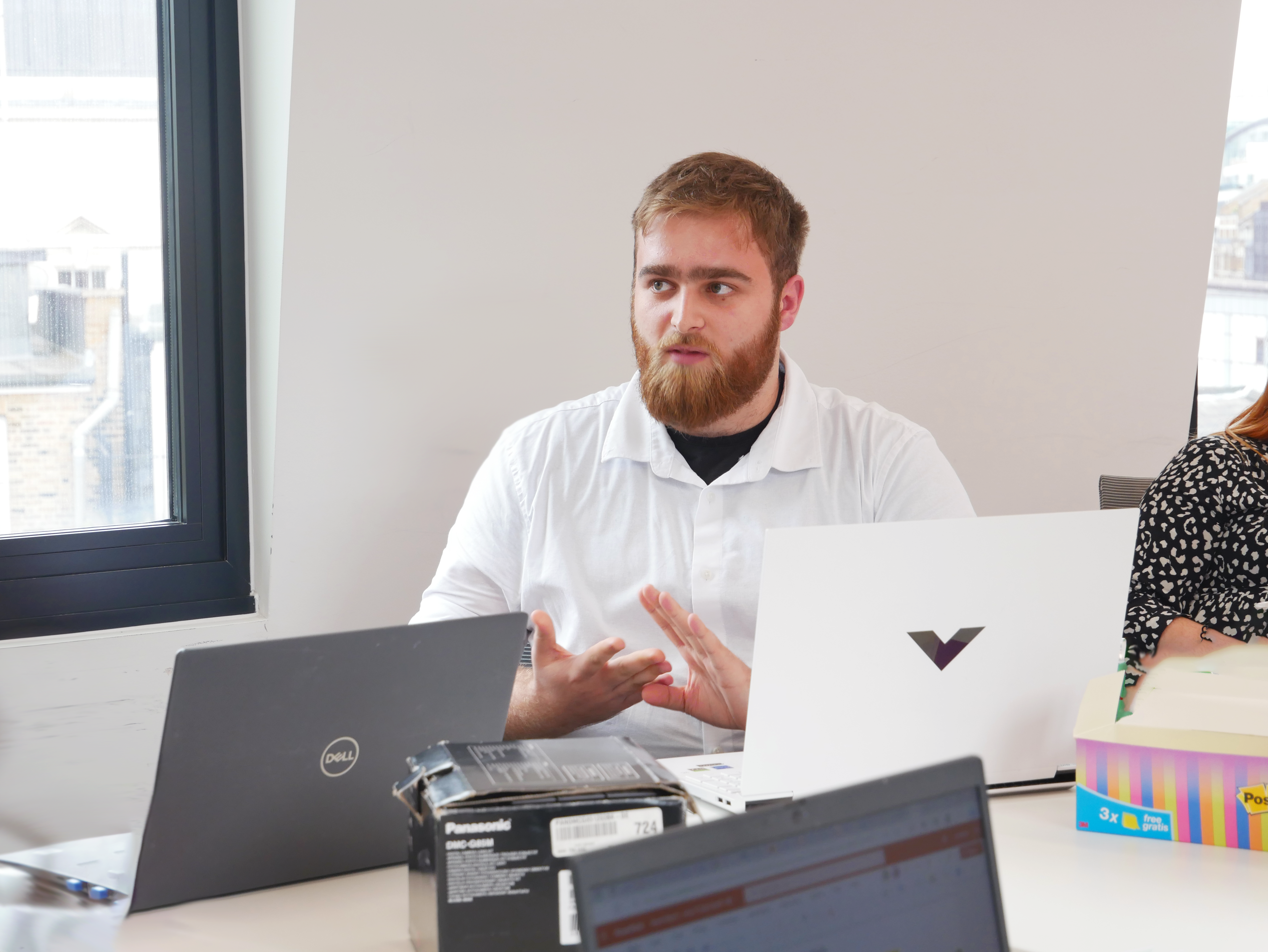
The cost of change is rising: what are the factors inflating it and what can be done?
19/03/2025
The cost of change is a major factor for companies going through any significant transformation. This is particularly evident when adopting new technologies through digital transformation. With the constant introduction of new, complex tech, the subsequent rise of subscription services, and a general inflation in resource costs and upskilling on these new technologies, transformation costs are spiralling.
As organisations strive to stay ahead, the question is no longer if they should adapt, but how they can afford to. So, what’s fuelling this surge in transformation costs, and more importantly, how can businesses take control?
Why is the cost of change on everyone’s minds right now?
Rising transformation costs are at the forefront of senior leaders’ minds. Indeed, Grayce’s recent research of 100+ C-suite professionals in FTSE 350 companies found that the cost of change is the biggest barrier to transformation. Over a quarter of respondents that we spoke to cited cost as a blocker to change projects.
In this article, we look at some of the reasons why costs are increasing, along with some some of the solutions C-suite leaders are implementing to try and tackle the problem.
Growing tech stacks
Rapid advancements in tech are changing the landscape of sustainable competitive advantage. Long-term strategies risk becoming outdated faster than ever before, making agility to adapt and innovate at pace essential. More frequent change is imperative to staying at the forefront of market demand, which comes with inevitable rising change costs.
Grayce’s research supports this, with over half of C-suite respondents thinking that their organisation's current business model is unlikely to survive the next 10 years, with a third citing it won’t be viable in the next 5 years. Bolstering this, the Accenture 2024 Pulse of Change Index shows a 183% increase in the rate of change since 2019, with 22.5% of organisations reinventing themselves at least annually.
This change and the tech needed, however, come with a price tag. According to Statista, by 2027 global spending on digital transformation is projected to reach $3.9 trillion. Upfront costs, as well as implementation and imperative training to ensure lasting change, considerably ramp up tech spend. And with 77% of CFOs looking to boost tech spending by 10% in 2025 compared to last year, according to a Gartner survey, these are very real costs to be addressed. Naturally, a large portion of tech spending right now is being dedicated to AI. Data IQ’s 2025 AI & Data Leadership Executive Survey found that 98.4% of companies are planning to increase AI investments in the coming year. A jump up from 82.2% in 2024.
With a wealth of technology and tools at businesses disposal, it’s more important than ever to be strategic when making decisions about increasing their tech stack.
It is naturally tempting to fall into the trap of investing in many new, up-and-coming technologies to combat market pressures. However, we are witnessing selective game-changing tech implementation in our industry-leading clients through our Grayce Analysts supporting the meticulous strategic assessment of new tools and the robust change projects that ensure business value-add. Maintaining a keen eye on the technology landscape while keeping current challenges and future business priorities front-of-mind ensures companies invest appropriately.
An increase in software subscription services
Accompanying much of this new tech is a rise in subscription costs. In recent years, many businesses have adopted the pay-monthly SaaS models as their core business strategy, recognising the business opportunity and stability these pay-monthly models present. In fact, the global subscription economy market size is projected to be $1.5 trillion in 2025, up from $650 billion in 2020. Benefits include scalability and the option to turn tech on and off easily.
While the move to this model means organisations don’t have big upfront tech costs, a subscription model can mean higher costs in the long run. In comparison to one time purchases, subscription SaaS models can be costly, meaning that budgets have had to adapt to the new landscape.
Dependence on a SaaS ecosystem can make it challenging to switch providers without significant costly disruption, again highlighting the need for robust up-front analysis of tools against business need. This avoids bending concrete strategic decisions to fit tech adoption; instead, they should work together simultaneously and seamlessly.
A rise in resource costs
Inevitably, alongside the upfront costs of adopting new tech, budget also needs to be allocated to upskilling. Many digital transformation projects fail once the implementation project rolls into BAU, consultants and contractors exit the organisation and, along with them, valuable IP and know-how on how to effectively use the new tech.
Here, an invaluable key to successful change lies: internal capability build.
Some tech projects require whole new dedicated teams, introducing an added cost of hiring to fill skillset gaps. Employing new team members comes with its own costs, both from a resource (hiring, onboarding, and training) and financial perspective – which is set to increase from April here in the UK. With National Insurance and minimum wage increasing this Spring, it is going to be significantly more expensive for businesses to employ people. The Office for Budget Responsibility (OBR) estimated that 2% will be added to employers’ payroll costs: a significant amount, particularly for large businesses. Many change practitioners look to offshoring strategies to reduce overall delivery costs, but offshoring also comes with its own, well-known challenges.
Another potential resourcing solution is working with shorter-term contractors; however, with over a third of senior leaders worried about loss of IP when contractors exit the business following a transformation, it is essential that these risks are managed effectively from the start.
A possible solution to this is to use longer-term contractors and consultants to support technologies beyond change projects and into BAU – a solution which, in itself, can come with a considerable price tag.
Working with a flexible change consultancy such as Grayce can lessen budget risks while offering scalability and local, sustainable resource. The Grayce model allows companies to scale teams up and down along with project requirements, with an option to build permanent internal capability.
By leveraging teams of Analysts for a specified time frame, organisations can avoid potential risks of bringing in full-time employees, with the safe knowledge that the Analysts can transition to permanent roles, keeping valuable IP in-house after 2 years. At a considerably lower cost than a contractor or consultant, this is one area where change budgets can cut costs and not compromise on quality.
For support with your change programmes this year and to see how Grayce’s Analysts can support your next project, contact us today.



